10 Turkish Towns with Stunning Ottoman Architecture
Step back in time and explore Turkey’s most beautiful towns where Ottoman architecture still thrives. From cobblestone streets to grand wooden mansions, these destinations offer a timeless glimpse into the country’s rich heritage. Here we will present you with unique examples from the Ottoman period that have withstood the test of time and managed to bring the past to the present, conveying an invaluable message for us to learn, experience and enjoy👇
1. Tirilye in Bursa

Trilye is an ancient Rûmi town that flourished during the Ottoman period. The town is located on each side of a valley, surrounded by olive groves on the inland side and by the beautiful shades of the Marmara blue on the other side. The town still carries on its characteristic activities of olive growing, wine making and sericulture; and manifests great examples of Eastern Roman architecture. With its lush landscape, historical monuments and deep-rooted culture, the town awaits its visitors!
2. Safranbolu Town in Karabük

Perfected in the 17th and 18th centuries, there are now 2,000 traditional Turkish houses in Safranbolu, 800 of which are protected by law. They differ from the Amasya houses in that they are detached and unattached, and were built so as not to prevent other houses from receiving the same amount of sunlight.
Just like the Amasya houses, some of the houses here have indoor swimming pools to protect them from fire. With its cobbled streets, beautiful architectural finesse and urban space that still retains some of the traditional ways of life, Safranbolu is certainly a traveller's delight!
3. Cumalıkızık in Bursa
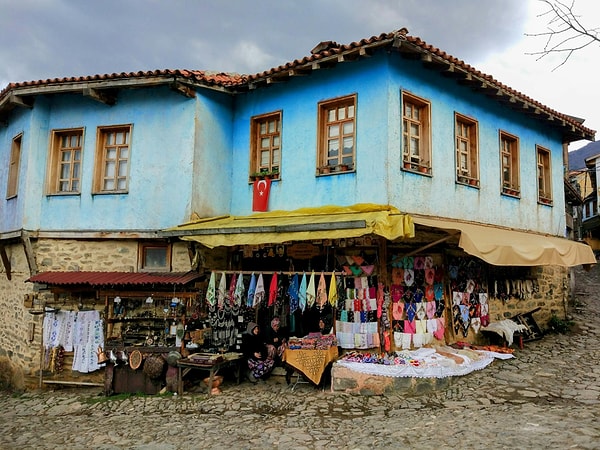
As one of the first places where the Ottomans settled in Bursa, Cumalıkızık has a special place in Ottoman history. The houses in Cumalıkızık are around 700 years old. There are a total of 270 houses from the early Ottoman period, 180 of which are still in use, while the rest are being preserved and renovated.
Since Cumalıkızık is an almost untouched town, you can observe the space that it provides as a venue for old market interactions and traditions. With its deep-rooted history, the city was included in UNESCO's World Heritage List in 2014.
4. Yalıboyu Houses in Amasya

Yalıboyu houses are elegant examples from the late Ottoman period. The houses are best seen on the Yeşilırmak riverside on Hazeranlar Street in the Hatuniye district of Amasya city centre. The houses here are usually attached, and the interiors are designed to divide the apartments into haremlik and selamlık, the partitions for women and men respectively. Since the houses are mostly made of wood, some houses have an interior pool as a measure against fire outbreaks. These houses usually have a courtyard and a garden, and as is characteristic of Turkish houses, a second floor with a larger space.
5. Odunpazarı District in Eskişehir

Odunpazarı, which is similar to the Amasya houses in its charm and attached architectural style but much more colourfully painted, is located on the southern hills of Eskişehir.
The neighborhood is known for preserving one of the finest examples of traditional Turkish Anatolian architecture. Its winding streets are lined with white walls and brown beams, accented by soft pastel colours. The area is home to a harmonious mix of traditional dwellings, mosques, complexes, caravansaries, fountains and old lodgings. In recognition of its cultural importance, it has been protected both nationally and internationally as a 'Historical and Urban Site' and has been declared a UNESCO World Heritage Site.
6. Akseki and İbradı in Antalya
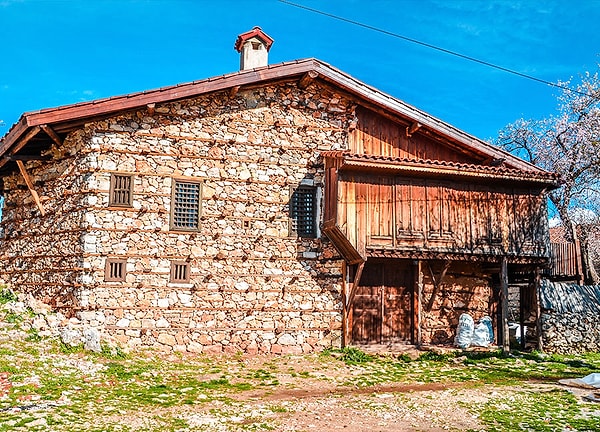
Akseki and İbradı are only 26 kilometres apart. The most remarkable examples of these houses can be found in the villages of Sarıhacılar in Akseki, Ormana and Ürünlü in İbradı; moreover, some of these houses are open for accommodation, and if you go there in August, you can join the grape festival that has been held in the village of Ormana for half a century.
The houses of Akseki and İbradı are unique in that they are built on a bonded beam structure, where no cement or mortar is used, but rather stones are supported by these beams. Because of their wooden pointed ends, which can be seen from the outside, the locals call them 'buttoned houses', düğmeli evler.
Source: Antalya.com.tr
7. Hamamönü District in Ankara

Hamamönü is an old historical district in the Altındağ district of Ankara. The houses here are all examples of 19th century Turkish civil architecture and they share the spirit of Amasya and Odunpazarı.
Did you also know that Mehmet Akif Ersoy, the poet who wrote the Turkish national anthem, wrote his poems here in the park named after him? You can also visit his house in Hamamönü!
8. Kula in Manisa
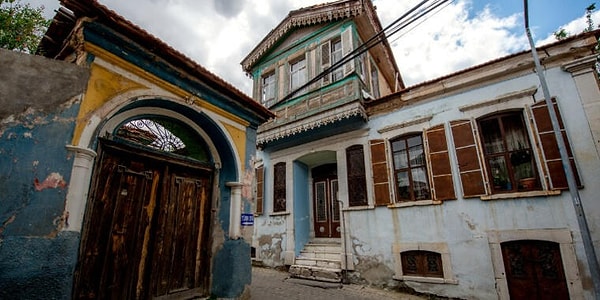
The Kula houses are a prime example of 19th-century Turkish architecture, with their distinctive design visible throughout the area. Each house features its own enclosed courtyard, and while the windows facing the courtyard are often open, those overlooking the street offer a glimpse into the Ottoman division of private and public life, reflecting the decorum of the time in their design.
Source: Neredekal.com
9. Göynük in Bolu
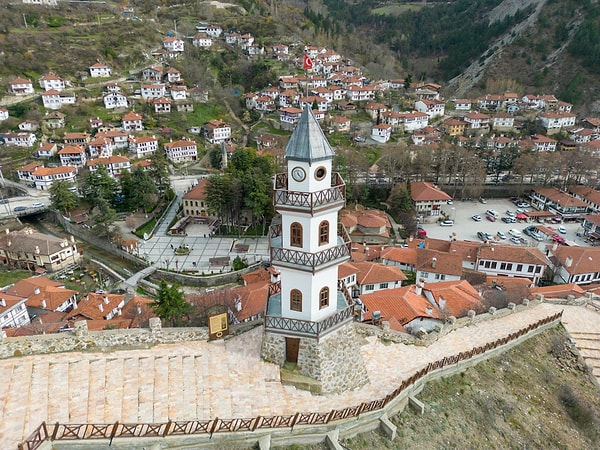
Similar to Mudurnu, Göynük is designated as a Protected Urban Site, with its well-preserved houses predominantly dating back to the 19th and early 20th centuries. In 2017, Göynük was also included in the Cittaslow network, which celebrates cities focused on slow living and preserving local traditions. Surrounded by the stunning natural beauty of the Bolu province, Göynük offers a peaceful retreat with its charming Ottoman-era architecture and scenic landscapes. A visit to this tranquil town will undoubtedly leave you feeling relaxed and rejuvenated, immersed in both history and nature.
10. Mudurnu in Bolu
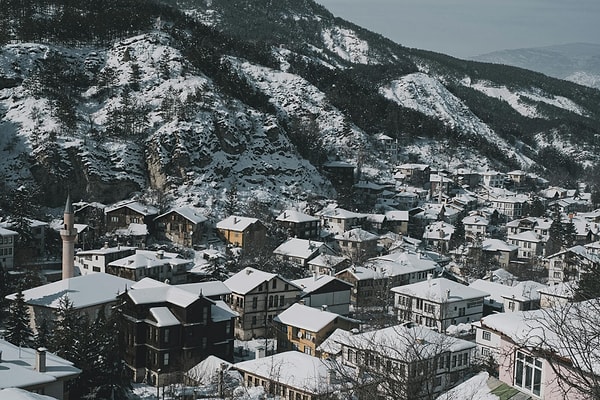
Situated on a hillside, the houses in Mudurnu are taller than usual. Mudurnu is an important site that preserves remarkable examples of Turkish civil architecture, and as such, along with other sites, has been declared a 'protected urban site' under national law. There are more than 100 structures - housing units, mosques, fountains and hammams - registered under the preservation law in the district, and they also provide wonderful insights into life in the Ottoman period.
Keşfet ile ziyaret ettiğin tüm kategorileri tek akışta gör!

Send Comment